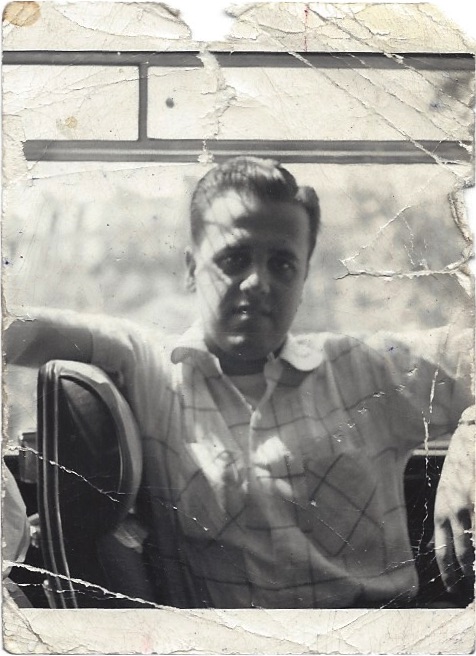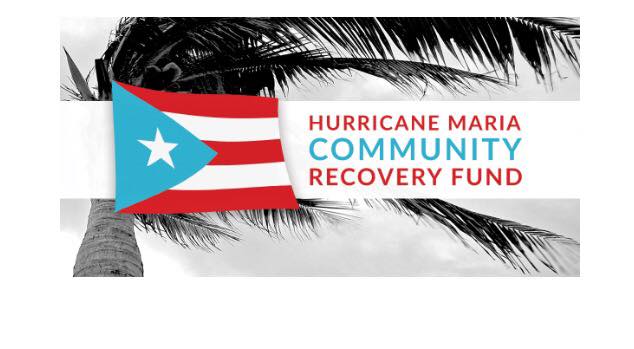Radical Kindness and Adamant Resistance
Happy International Women’s Day! Earlier this week I received an invitation from an editor at Aras, my publisher in Istanbul.
For International Women’s Day, we’re asking our women writers for a message directed to women, but of course particularly to the women of Turkey. We will share them on March 8 via social media posts. And since it’s social media, it should not be something longer than three or four sentences.
I thought about it overnight, and then sent her back the following:
In these cruel times, may we be known for our radical kindness, and also for our resistance to those who attack our most vulnerable neighbors. As American feminist writer Grace Paley put it, ‘The only recognizable feature of hope is action.’
When I turn the pages of the newspaper each morning, I feel as though I’m being hammered by the stories of unremitting brutality: the physical violence of war around the globe; the systemic economic assault on the poor and working people of this country and our public institutions; and the heartless rounding up and deportation of undocumented immigrants, which are separating families, tearing apart communities, and sowing terror.
I think the story that hit me the hardest last week was the one about the mother from the Congo who applied for asylum upon arriving in Los Angeles. She was put into a detention facility in San Diego and her seven-year-old daughter was sent to a detention facility for unaccompanied minors in Chicago. The only way we heard this story was that the ACLU filed suit against the U.S. Government for this act of blatant cruelty, which seems to be part of a new unstated policy designed to discourage parents from seeking asylum because of fear of such forcible and wrenching separations. How many more such children are there?
But in the face of all this, I take heart when I see the humanity and the militancy that are rising up in response. The striking teachers of West Virginia prepared breakfasts and lunches for their students who receive meals at school and would otherwise have gone hungry. And, with broad support from people around the country, they WON their wildcat strike! Some student organizers from Parkland High School in Florida, where a horrific massacre occurred last month, went to meet black youth in Chicago to talk about how they could work together on gun control and address racism. Christian Clergy in Jerusalem were able to halt Israeli legislation that would have allowed for state seizure of church property by closing the Church of the Holy Sepulchre for three days. And Mayor Libby Schaaf of Oakland, California, a sanctuary city, gave the public a fair warning about imminent ICE raids in the Bay Area.
And somehow in the midst of all of this, I’ve been managing to write! Gamatz gamatz*, as my grandmother would have said, I’m getting this novel written.
*slowly, slowly
Here are some readings for your pleasure and edification:
A fascinating piece about shared Armenian and Turkish idioms.
A rare yellow cardinal was spotted in Alabama.
How Neoliberalism makes anxiety and depression worse, and what you can do about it.
A beautiful essay by Viet Thanh Nguyen on refugees.
Nancy Kricorian
March 8, 2018









